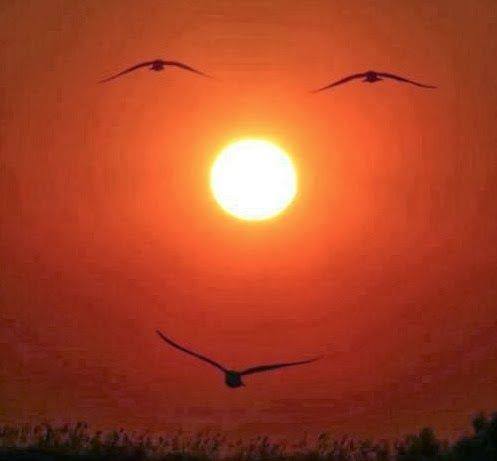DIWALI –FESTIVAL OF LIGHT STARTS ON:
NOVEMBER 1st THROUGH 5th
Vedic Holiday: Diwali – Festival Of Light
Light the lamp of love in your heart.
Light the flame of wisdom in your mind.
Light the steady candle of faith in your resolve.
Light the fire of strength that exists within you waiting.
It is Divali time.
– Divya Prabha
In the Vedic Calendar, the new moon connected to the debilitated Sun in Libra is often one of the darkest parts of the year with the light seems extinguished and depression and fear reign. The ancients knew to counteract this energy with festivals and bringing in more light to we have the wonderful holiday of Diwali to cheer us up and take us out of the darkness. This year Diwali is late in the calendar and we are already a few weeks past the deepest point of the Sun’s debilitation which was on Oct. 27th. The new moon is Nov. 4th in the US and is the most important day of Diwali when we light candles to bring the light to the darkest part of the year when the light seems extinguished. It is also an auspicious day for starting new things as the goddess will bless your new desires and actions.
How is Diwali celebrated?
From the onset of the autumn, people start gearing up to celebrate the festival. People buy gold, silver and utensils for home, clean and furnish their houses and decorate them with colorful rangolis and bright diyas.
People worship Lakshmi — the goddess of wealth and prosperity, and Ganesha, the remover of all obstacles, on Diwali.
The Diwali Five-Day Celebrations
Day 1: Dhanteras: the Festival of Wealth – lamps are ritually kept burning all through the nights in honor of Lakshmi and Dhanvantar.
Day 2: Naraka Chaturdashi: Early morning religious rituals and festivities take place: house decorations and colorful floor patterns called rangoli are created and women decorate their hands with henna designs.
Day 3: Deepavali: relatives, family and friends acknowledge important relationships and friendships by exchanging gifts and sweets.
Day 4: Diwali Padva: Celebrating the mutual love and devotion between a husband-wife bond.
Day 5: Bhai Dooj: The major festivities end with a dedication to the sister-brother relationship on the fifth day.
Pujas may be performed throughout the 5 days of festivities.
Before the night of Diwali, people clean, renovate, and decorate their homes and offices. They dress up in new clothes, light up lamps and candles and participate in pujas worshipping Lakshmi. After puja, fireworks follow, and a family feast that includes the exchange of sweets and gifts between family members, friends and loved ones.
For many businessmen, this is also the day when they start a new financial year with the adoption of a fresh ‘bahi khata’ or accounts book, after offering it to goddess Lakshmi. They believe that with her blessings, it will be a profitable year for them. (Indian Post)
The festival is known to be mentioned in Sanskrit scriptures such as Skanda Purana and Padma Purana. The former text has a mention of diyas or tiny lamps and are said to be symbolic of parts of the sun — the light and energy giver to all. According to popular mythology, Diwali is associated with Yama and Nachiketa on Karthik Amavasya or the new moon night of Diwali. The story is revered from ages as that about right versus wrong, true wealth and knowledge. Probably this is why, people celebrate Diwali as the Festival of Light, which also signifies knowledge, prosperity and wisdom.
In a seventh century Sanskrit play, King Harsha mentions “Deepapratipadutsava,” when lamps are lit and newly married couples are given gifts, in remembrance of the god Vishnu and goddess Lakshmi’s marriage.
In the ninth century, Kayvamimamsa Rajasekhara referred to “Deepavali” as “Dipamalika”, which sees the tradition of homes being cleaned and streets and markets being decorated with lights in the night.
Many celebrate Diwali in remembrance of the return of Rama and Sita after 14 years of exile, while others celebrate it as the return of Pandavas after 12 years of vanvas and a year of agyatvas.
Special note of thanks to Komilla Sutton, Jamie Bateman, and other sources, including Wikipedia, for assistance in gathering information on special Hindu holidays.

